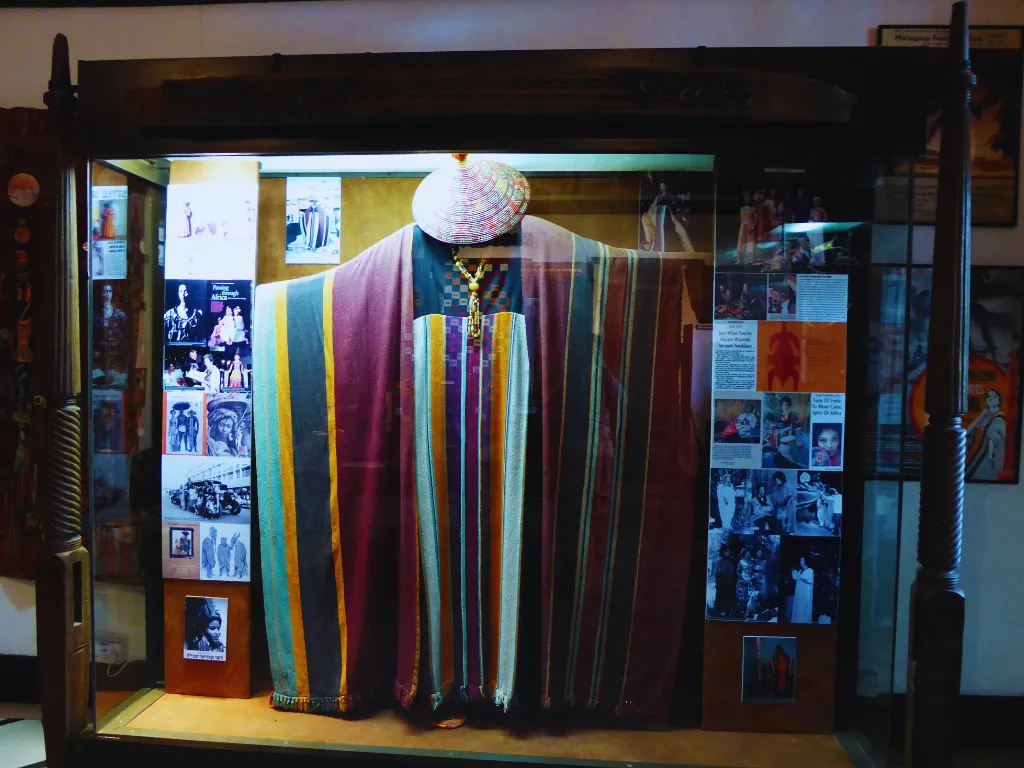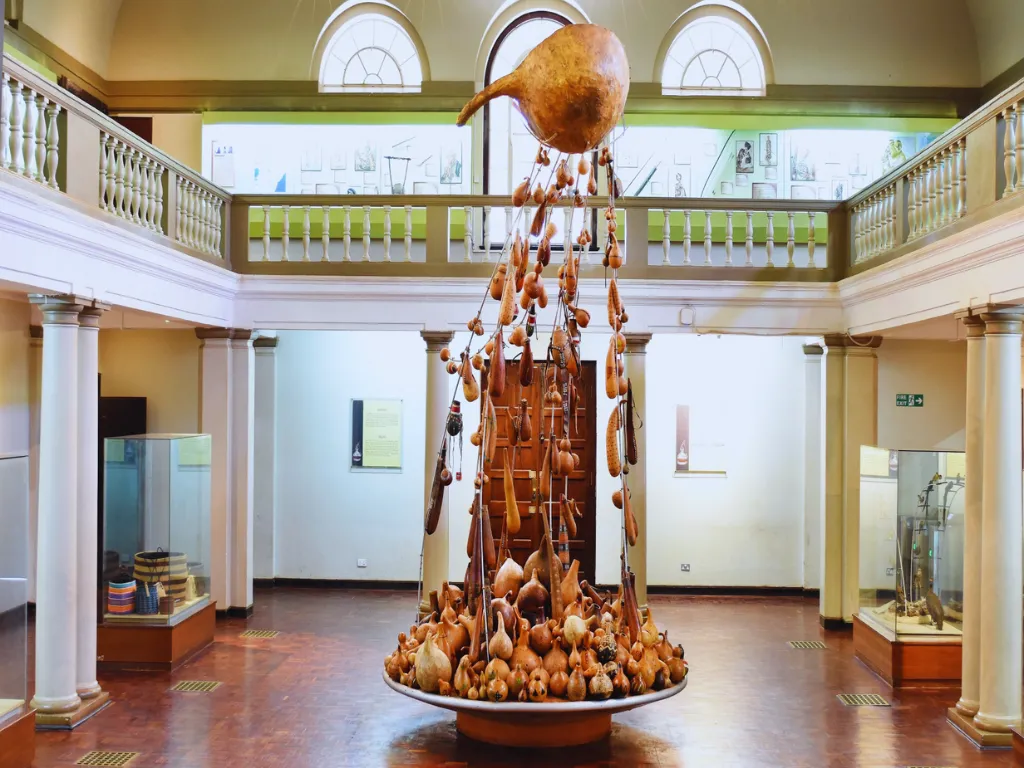
Why Visit? Takwa Ruins present the hushed remnants of a 15th–16th-century Swahili settlement. Shrouded by tropical vegetation and lapped by the Indian Ocean’s tides, this site whispers tales of thriving trade networks, coastal prosperity, and sudden abandonment—most oft attributed to a dire scarcity of fresh water.

Embellished with coral-stone pillars and a distinctive mirhab, reflecting Swahili-Islamic devotion.

Houses and courtyards that evoke the opulent maritime trade of the era.

Evidence of fortifications designed to deter rival settlements or roving nomads.

A hint of the water shortage that is said to have driven Takwa’s people away.
Rising in the 15th century, Takwa flourished as a Swahili trading town along East Africa’s maritime corridor. Its walls, now half-claimed by nature, once encircled bustling marketplaces, devout mosques, and coral-stone dwellings. By the 16th century, environmental pressures—chiefly the lack of sufficient freshwater—compelled residents to migrate, leaving Takwa’s once-lively quarters in spectral silence.
Archaeological explorations have since unearthed shards of imported ceramics, subtle architectural details, and inscriptions offering fleeting glimpses into daily life, commerce, and faith in this coastal stronghold.
Visiting Hours: 8:00 AM – 6:00 PM daily (including weekends and public feast days).
Tickets & Admission: Procure passes via eCitizen—no coin of the realm at gate.
Guided Tours: Local guides stand ready to recount tales of trade, faith, and eventual flight.
Location & Access: A short boat ride from Lamu Island. Many visitors pair Takwa with explorations of the broader archipelago.
Archaeological Workshops: Occasionally scholars convene to delve deeper into Takwa’s Swahili legacy.
Community Heritage Efforts: Local custodians and conservation groups periodically host clean-ups or cultural gatherings.
Interpretive Boards: Informational signage placed amid the ruins to guide self-exploration.
Natural Rest Spots: Shaded alcoves beneath ancient trees, perfect for reflection.
Refreshments: Typically procured on Lamu Island prior to crossing to Manda.
Timely Transit: Coordinate boat rides from Lamu to ensure ample daylight for viewing.
Respect Sacred Spaces: The ruins hold spiritual and cultural value for local communities.
Sunscreen & Water: Coastal rays can prove relentless; come prepared.
Amid the crumbling coral walls of Takwa Ruins, one may sense the faint echoes of prayers, whispered trade negotiations, and footsteps lost to history. Venture forth and discover the silent grandeur of a Swahili city reclaimed by time.
The National Museums of Kenya (NMK), established under the Museums and Heritage Act (2006), is a multi-disciplinary institution dedicated to collecting, preserving, researching, and presenting Kenya’s cultural and natural heritage.
Sign up to our newsletter